I was doomscrolling in the digital wasteland of 2023 Twitter and saw a photographer talking about putting together his very first project. He was lamenting how to begin.
Most of us start photography by just shooting images here, images there. The further we get into the practice, beyond Instagram, past the state fair contests, we find that the photographic world, be it – editorial, commercial or artistic revolves not around single images but instead bodies of work involving many images captured within some similar context or style. The most common body of work is the humble photography project.
But where to start?
Often we create our first projects without realizing that we already have done so. A retrospective review of our galleries observing commonalities is a good way to begin a collection of images that can be completed or rounded out going forward. But what about purposeful efforts when the slate is empty?
For the most part we got into photography to make images, not to document history or tell stories. The language and grammar to expand our purpose is strange to us. We have trouble identifying topics or forming good questions from scratch.
An approach is to start from a fixed point. An image from the past can be a great place to begin. The image can be one from a book, a newspaper, a well-known painting or photograph or perhaps an image from your own photographic youth. From there you can use that image to direct your creation of new images with the goal to compare, contrast, juxtapose or find common ground between then and now. As we do this we learn the process of telling a story with camera in hand.
A young colleague of mine, Alexander Toms took this approach recently. On spring break from Art School he drove 40 hours from Indianapolis out to Lone Pine California on a quest to make work. His inspiration was the iconic image by Ansel Adams – “Winter Sunrise – Sierra Nevada”. Armed with 12 sheets of 4 by 5 film, he made 6 images, at varying stages of sunrise on two separate days. In addition to his large format gear, he also took with him a 35mm camera, and rolls of color film to document the process, the broader setting and the people he met along the way.
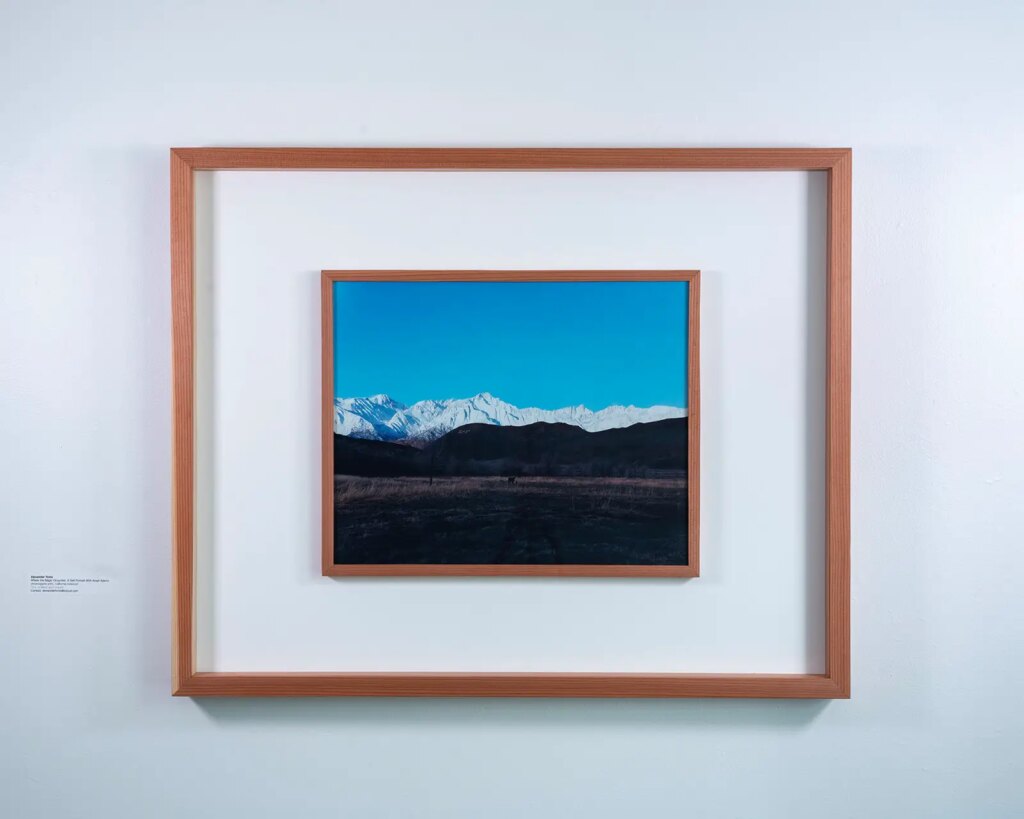
Unfortunately, not all of us are in our early 20’s with the freedom that accompanies the age. If we are older, have been taking photographs for years, an alternative is to mine our own images and memories for a starting point of interest. Now … the urge may be strong here… but… #Youmightbeaboomerif you take the opportunity to document how something has changed to your disliking. I am going to illustrate a different approach. (Yeah – I know, big stupid hashtags that no one actually ever searches on is a boomer thing too….)
A few years ago, I was scanning some of the images I took back in the day when I was Alexander’s age. I came across some images of the Indianapolis central canal. I knew immediately I had found a project that I should work on. I took weekly walks at the canal in a rotation of places I regularly walked, so unlike Lone Pine, California – it wasn’t out of the way for me. Most days I had my digital Pen F with me but going forward I would frequently take a film camera to align with the image media of the past, focus less on the people and more on the place.
The Indianapolis Central Canal traces its history to a really long time ago (in American terms), being part of a grand plan to span the newly formed state with a series of roads and canals crisscrossing the state connecting distant points. The canal would lead Northeast from Indianapolis and tie into the Maumee river basin near Fort Wayne, leading to Lake Erie and the St Lawrence riverway. It would also lead Southwest towards the Wabash river leading to the Ohio and ultimately the Mississippi river. Indianapolis has always nicknamed itself the cross roads of America. That urge began early.
They began with the route NE out of Indianapolis. About eight miles in they realized that digging canals was hard and said “screw this, let’s focus on the roads instead”. A bold bit of visionary leadership that foresaw the invention of the internal combustion engine and the automotive age 80 years into the future.
What was completed was an 8 mile stretch that connected the White River North of Indy (I’m getting tired of typing Indianapolis) again with the White River on the west side of Indy. It managed to bypass the shallow portions with rapids in between while at the same time passing over Fall Creek with an aqueduct.
While the original purpose was abandoned, it found use when the Indianapolis Water Company decided to use it as the source of water for the city. Since it started north of the city before people began doing nasty things in the river, it was a better source than the river itself. They built the cities first pumping station where it flowed back into the river. Clean water drawn from the canal, nasty water dumped into the river. It served this purpose for several decades even as Indy grew and the water company built new pumping stations.
As Indy entered the second half of the 20th century, the northern section of the canal flowed through newly built residential areas in Broad Ripple. It was and remains a bucolic natural feature. Towards the center of town as it ran through rougher areas, it became a convenient place to dump a body if you had managed to acquire one through some sort of unfortunate escapade.
In the late 60’s the canal would be changed forever. Part of its route was to be used for the construction of I-65 that ran from Chicago to Atlanta and the deep American South (remember that Crossroads of America idea?). About a mile and a half was filled in, with a highway built on top. The water was routed underground to the river further north of the original confluence. What was left south of the interstate was drained, creating a giant empty ditch running west of downtown, just 4 blocks from the State Capital. In a dry season it was a great place to prospect with a metal detector, after a rainy spell it was a great place to grow mosquitoes.
With a downtown finding itself emptied for the suburbs, Indy realized it needed to re-imagine its future. As part of a series of broad ranging projects named the White River State Park project, the state and the city included the canal in its plans. Potentially using the Riverwalk in San Antonio as an inspiration, the city envisioned an urban space that mixed commercial, residential and entertainment functions together. The Canal Walk was born.
Construction and completion was a 15 year project. Beginning at the river confluence near the state house and with ambitions of running north to the interstate that split it in two. In the late 80’s, about a third of the way through the canal rebuild, I showed up. Not yet finding a major or a purpose yet, I skipped a lot of university classes and only having a part time job cashiering at a drug store, I had a lot of time on my hands and a camera to fill them.
The re-envisioned canal had crept up and out of the river and stopped just north of Michigan street. Sandbags separated the reclaimed from the forgotten and ignored. It had about three quarters of a mile to go.
New development went with it. The first of four Museums lining its banks had been built and opened, the state office complex relocated its cafeteria and back porch on the south bank. Finally, the first residential project was well underway.
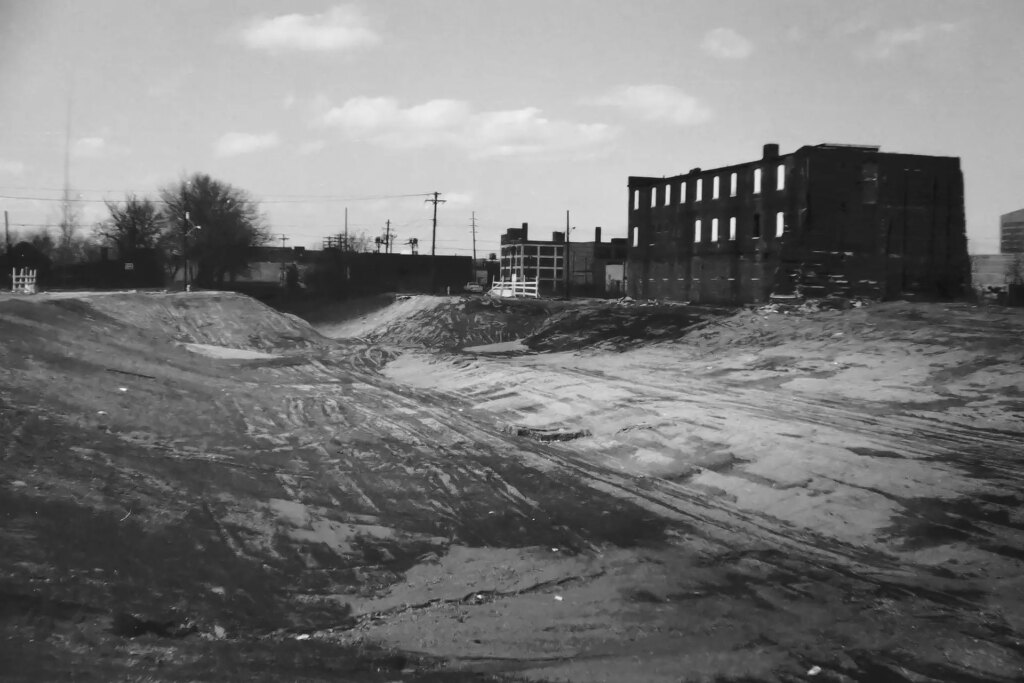
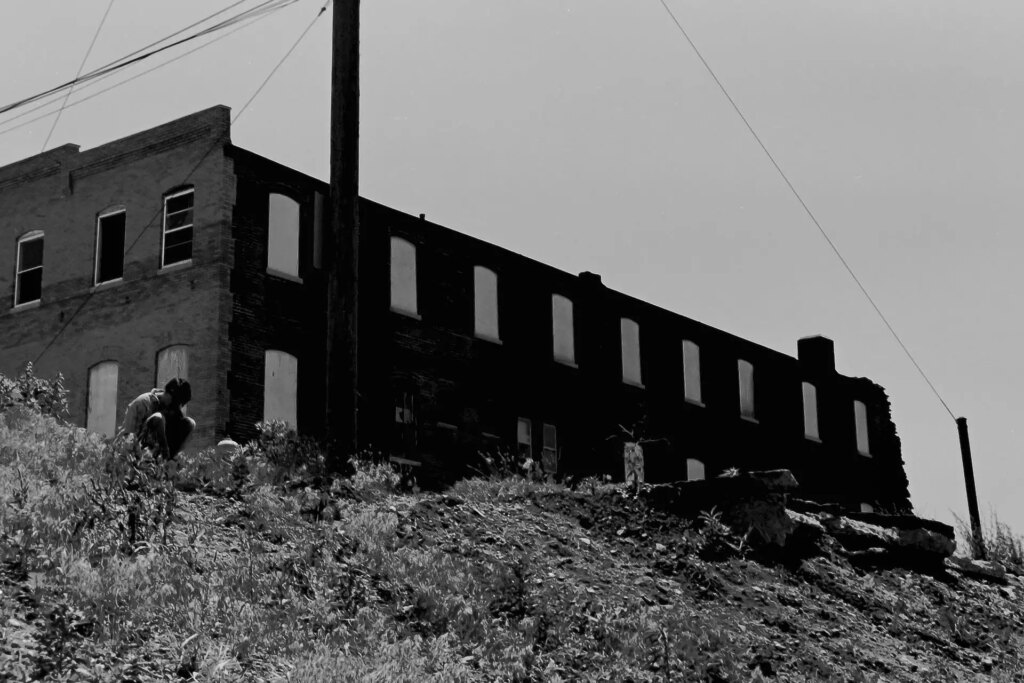
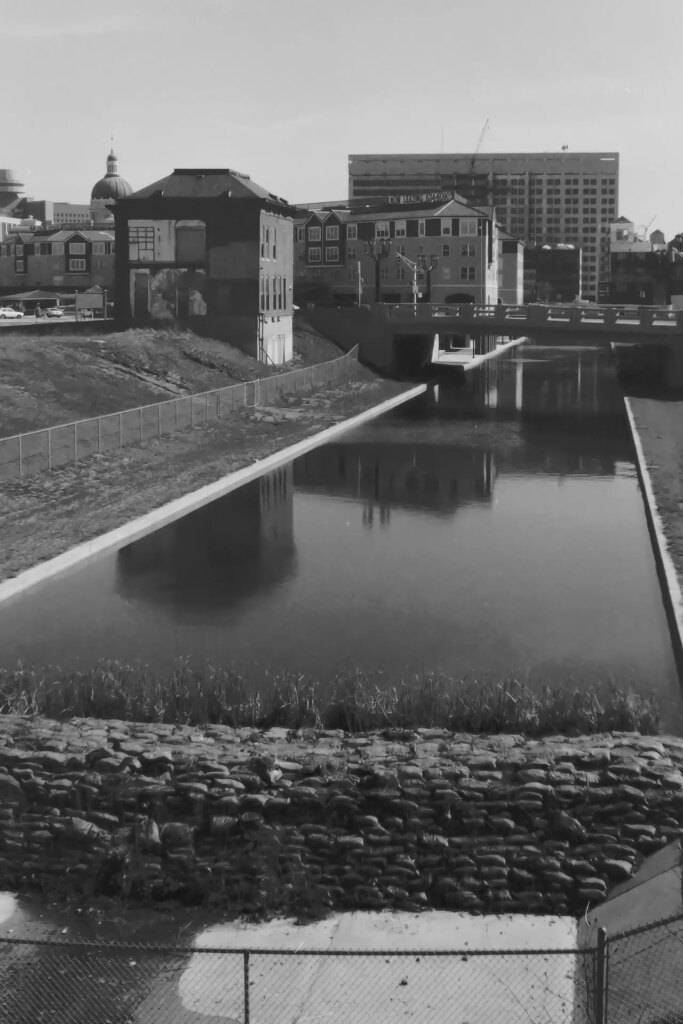
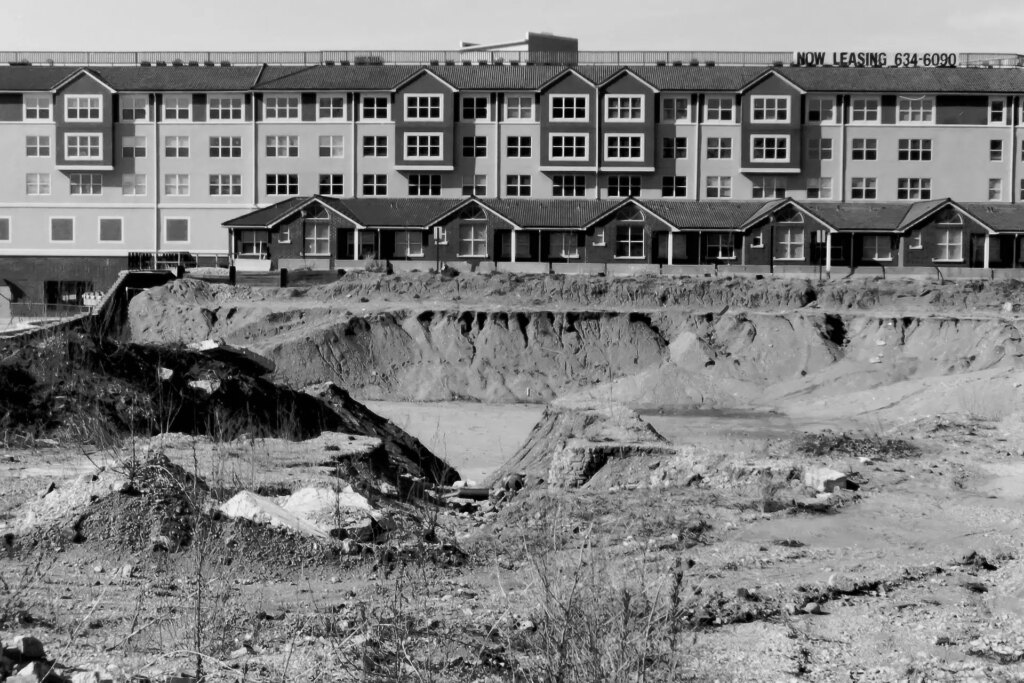
My pictures from this time were likely shot on Kodak Plus X. I hated grain and avoided Tri-X for that reason. I either used my Ricoh KR-30 SP Program or my Petri 35 when I shot. Images were developed and printed in a home darkroom. I ran across these about three years ago shortly after picking up a film camera again and buying my (crappy) film scanner. I walked the now finished canal weekly so the images of the time were an eye opener for me. How far things had come. A project was born. My walks would now take on a different purpose.
The new images were made with either the Petri 35 from back in the day or more recently with the Olympus OM-2n that replaced it. A 50mm 2.0 is the lens I always use here. Film used is really a mixed bag. I often do new emulsion trials on these walks so these images are likely to have been made using anything from Ilford Delta 100 or HP5 to Lomography Pottsdam 100 or Babylon 13. Everything is still scanned with the same crappy scanner.
For the most part I will let the new images tell the story of what the canal has become. It’s a mixing point for the city. In the northern reaches, the young professionals whose condo and apartment balconies overlook the canal use it as an exercise area. Indiana University – Indianapolis is just two blocks away, students come to relax and hang out. The university’s yearly fall celebration, The Regatta, is held here. From the near west side, Hispanic families come to spend the day with small children. Older teens come to have their quinceanera pictures taken on one of the Venice inspired bridges (anyone who witnesses the joy and optimism found in these celebrations and still thinks America is doomed as a result can go to ….). A little later in life, the same groups return for their wedding pictures. Tourists are directed to the four museums and the various boat and bicycle rental stands down by the museums on the south end.
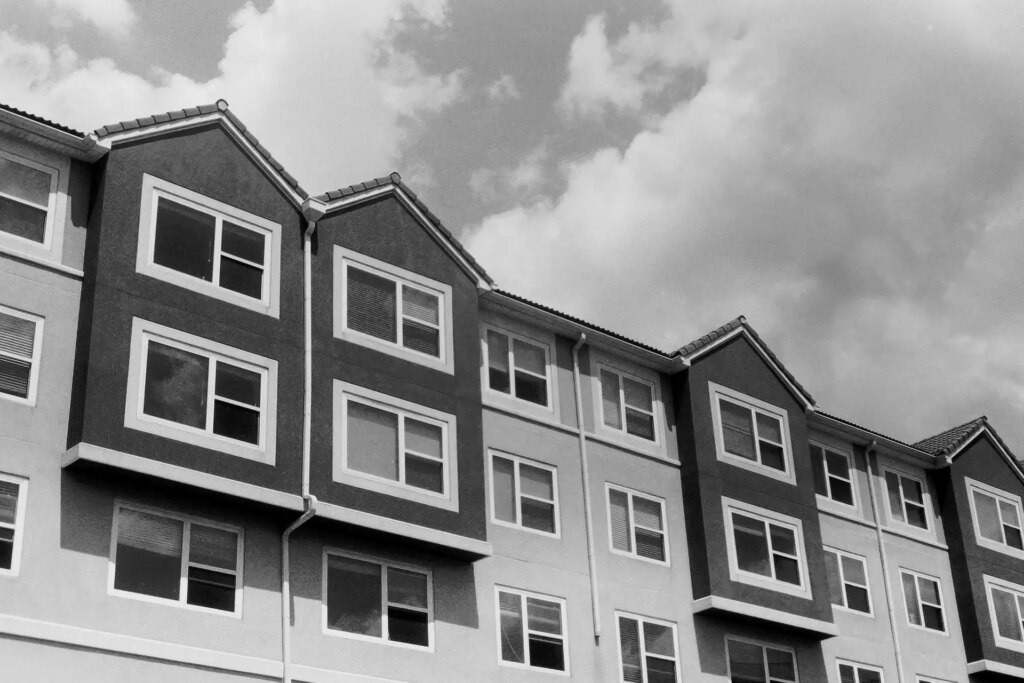
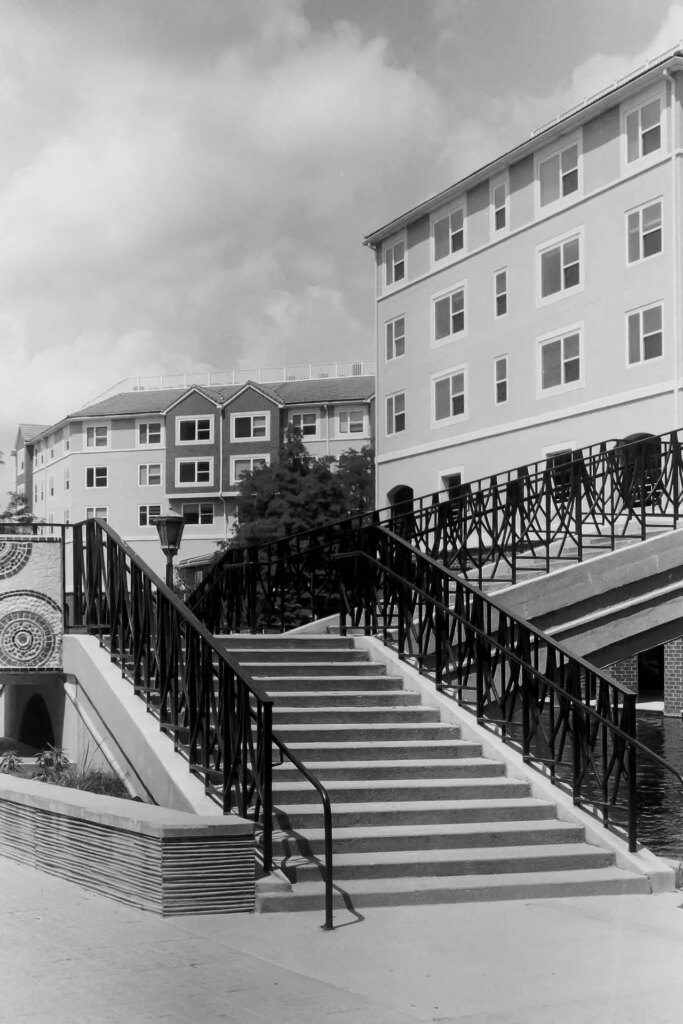
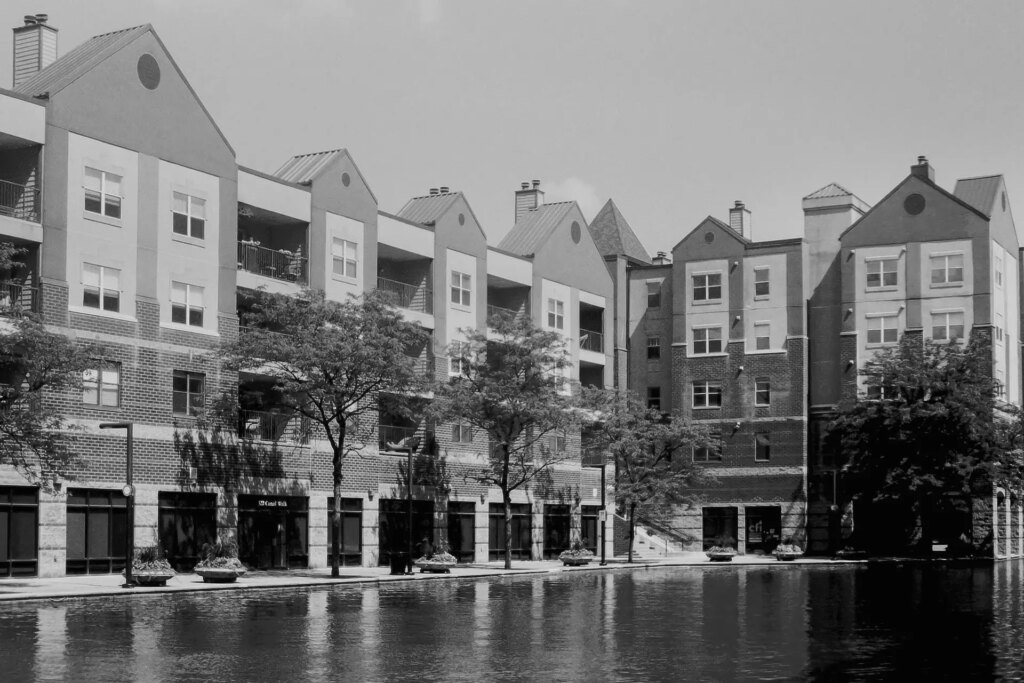
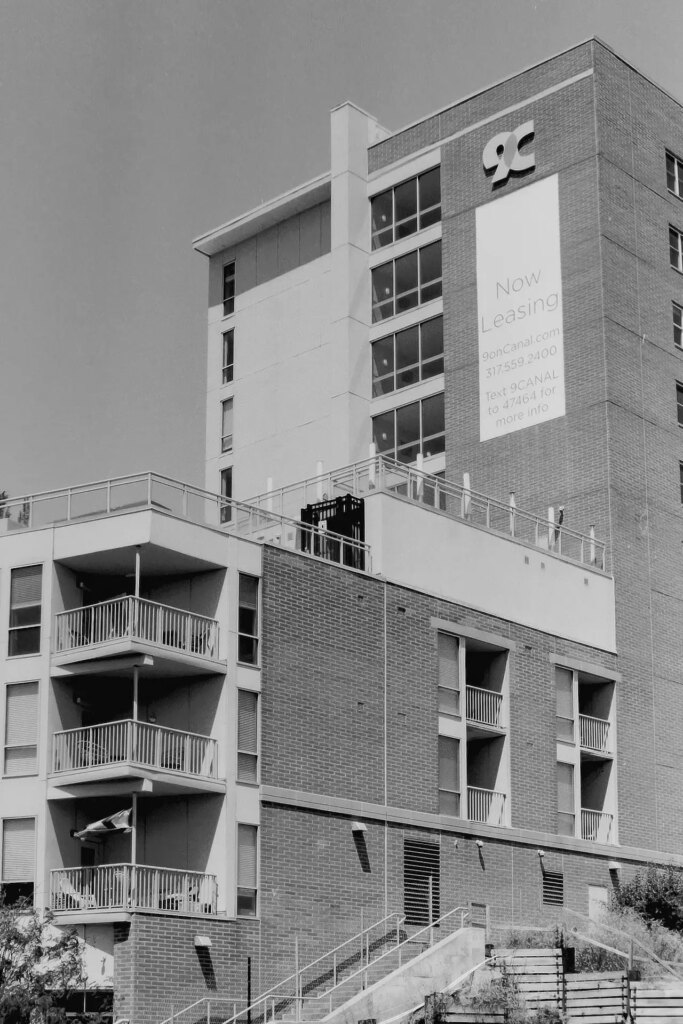
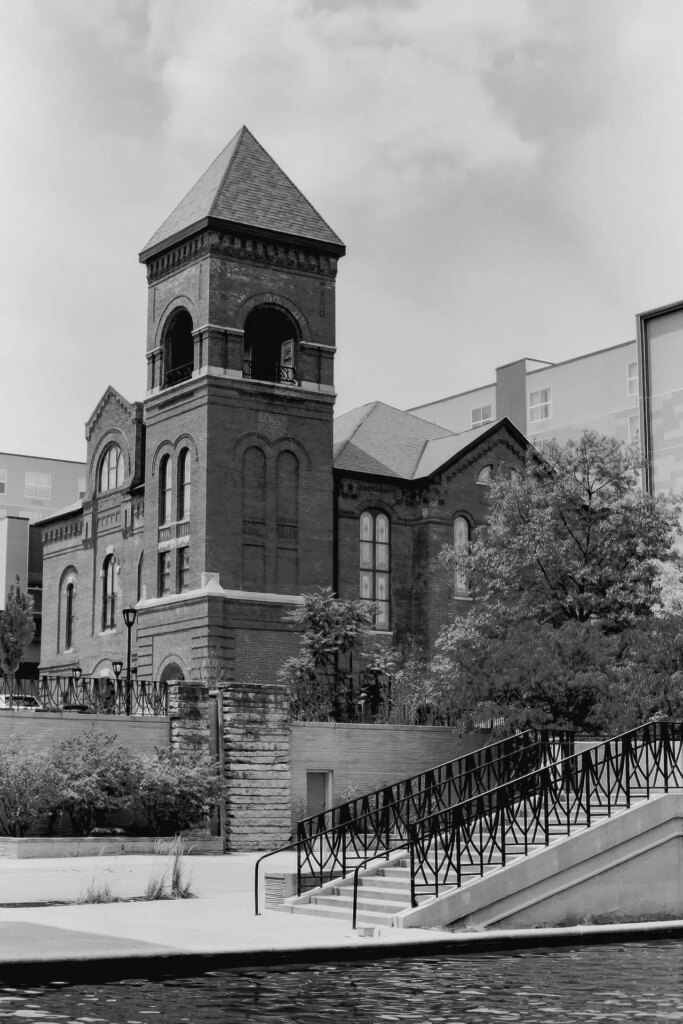
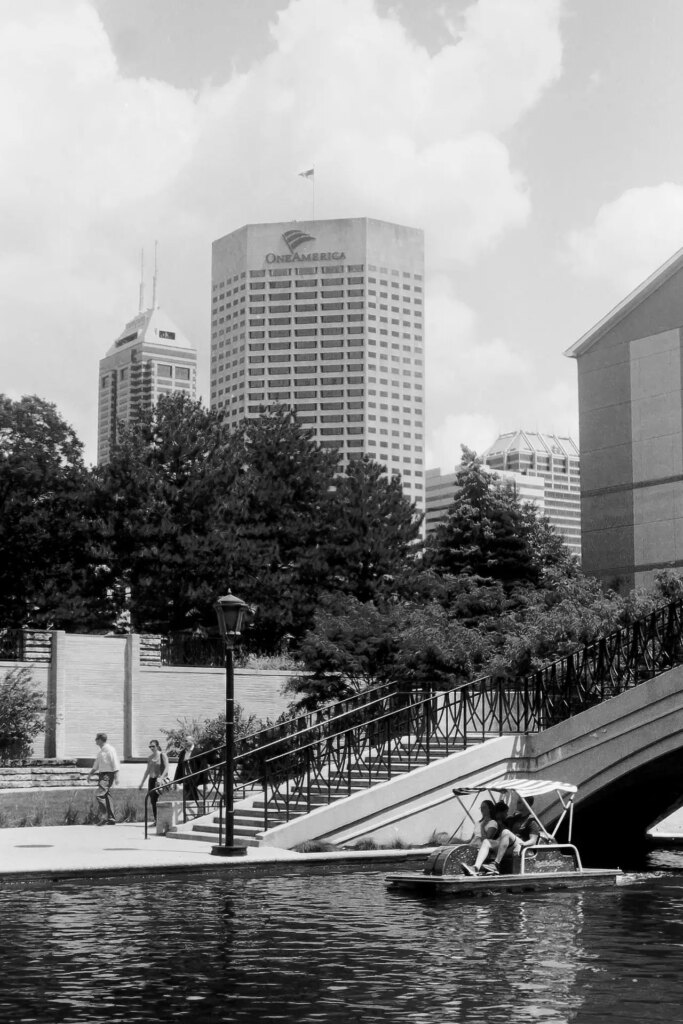
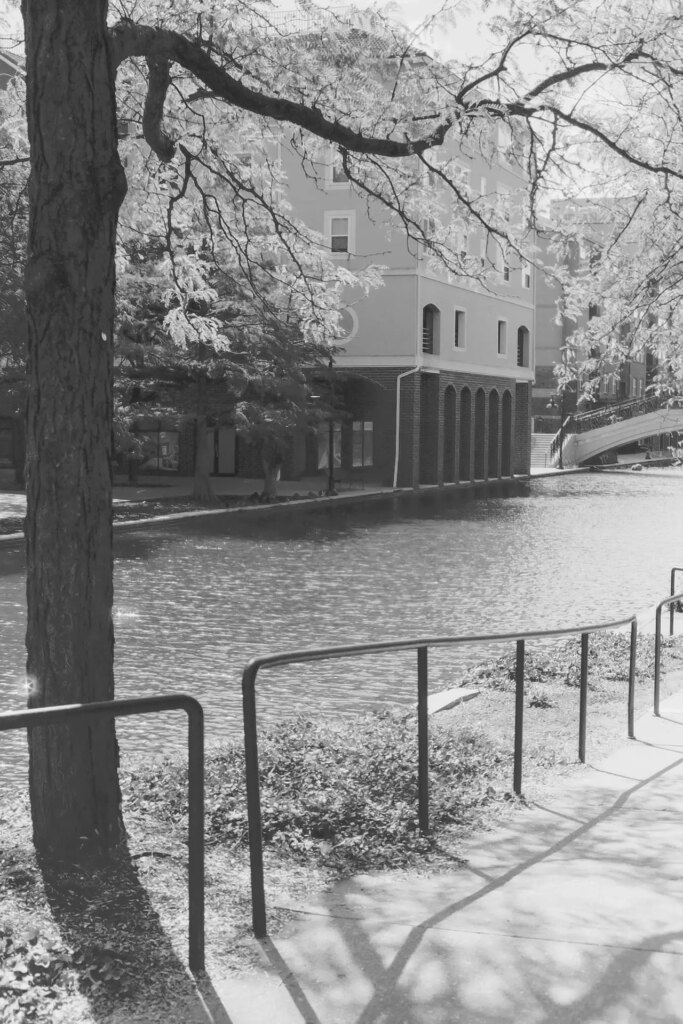
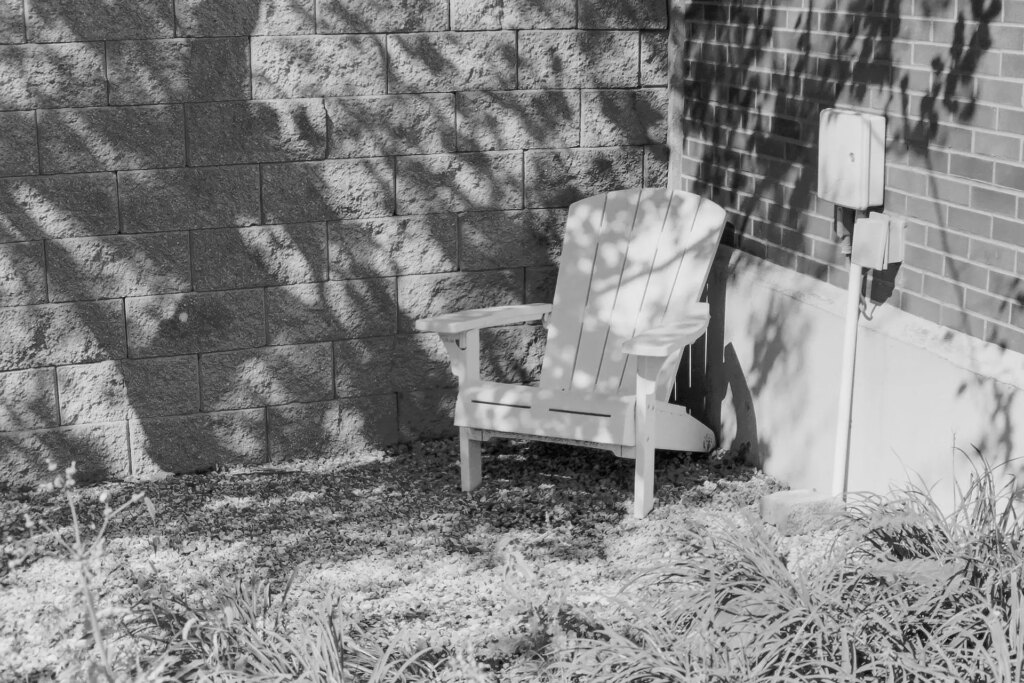
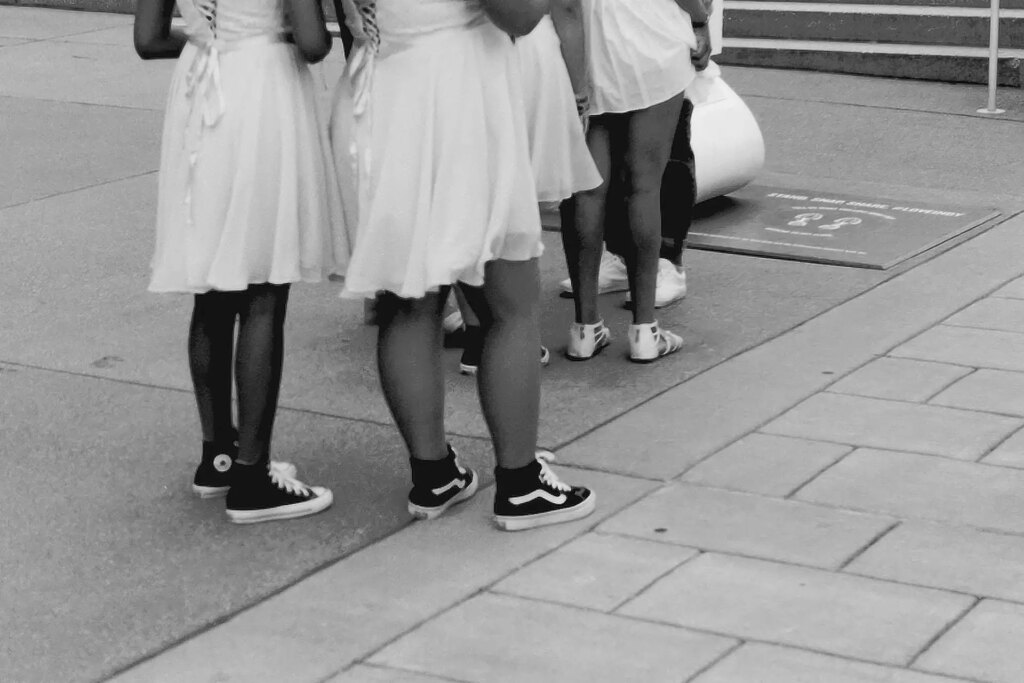
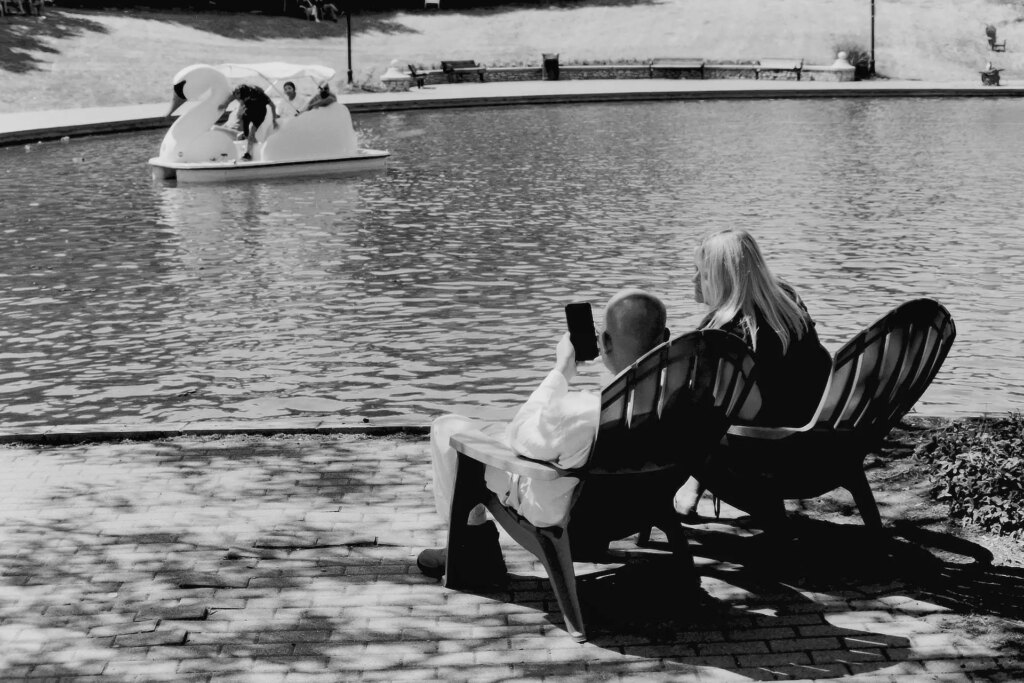
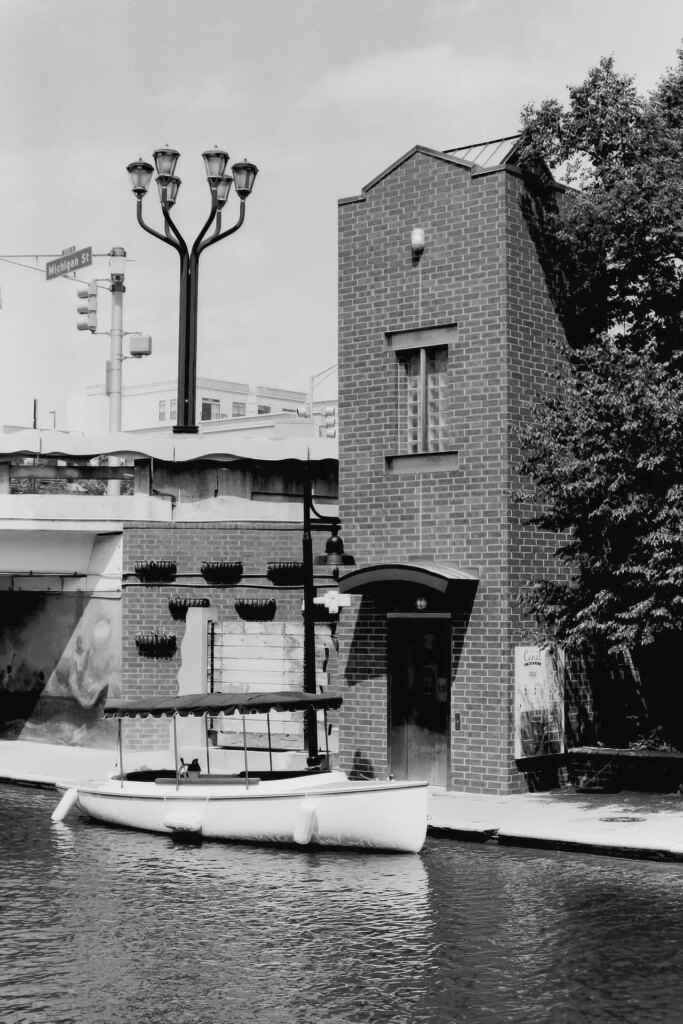
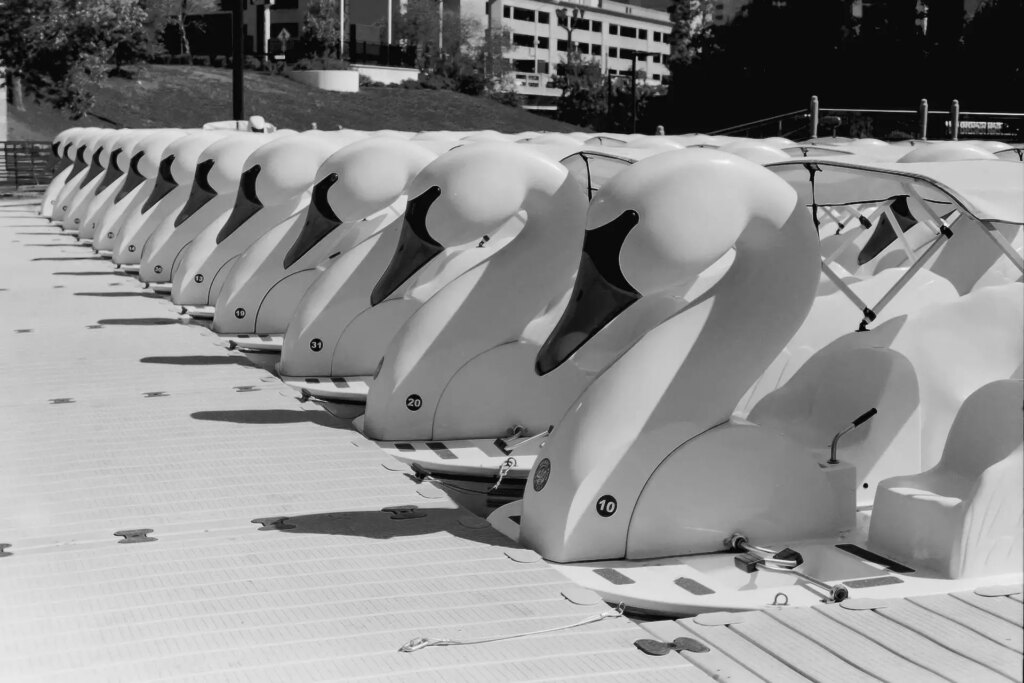
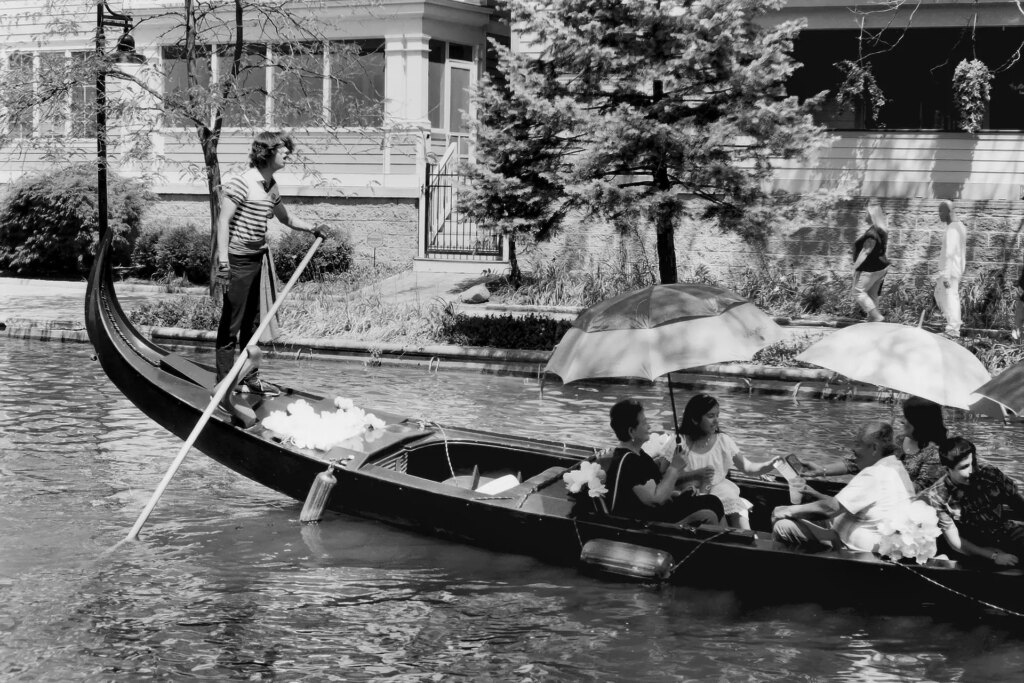
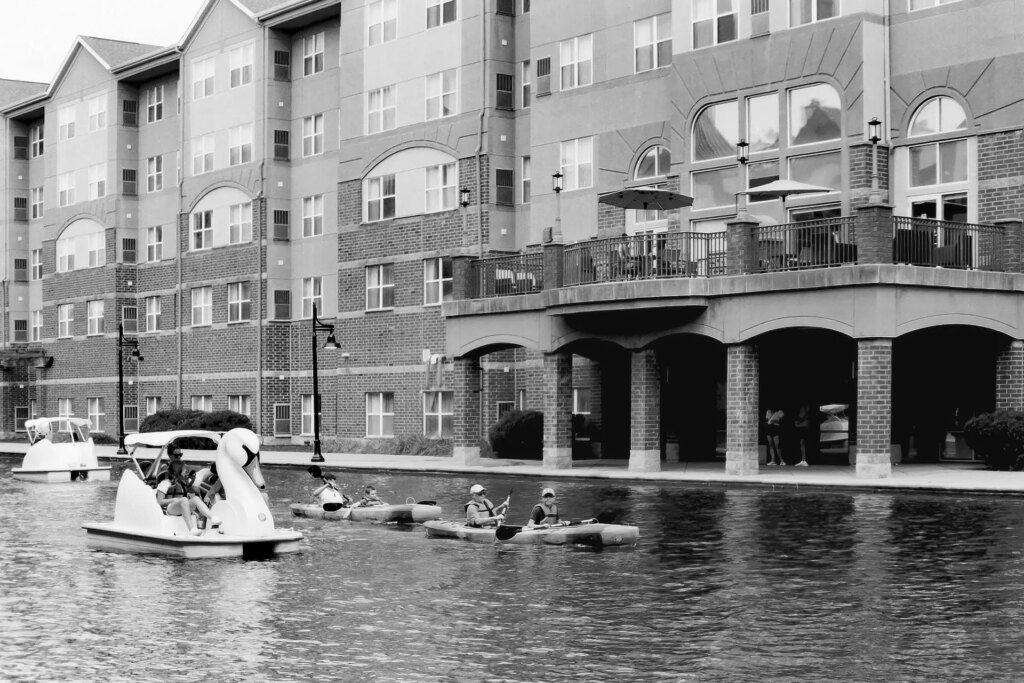
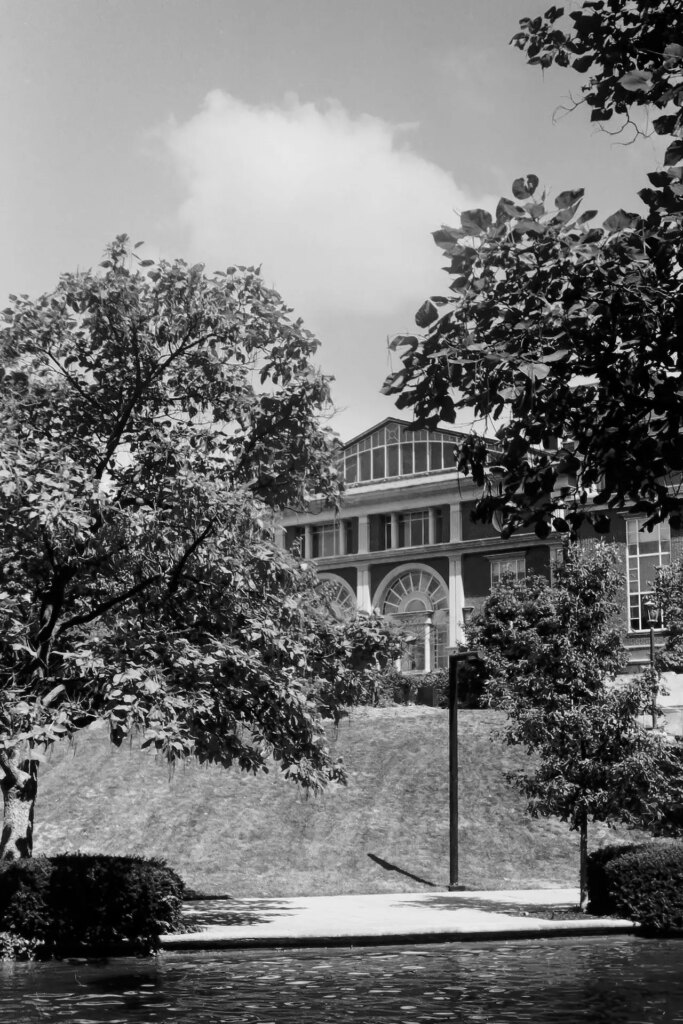
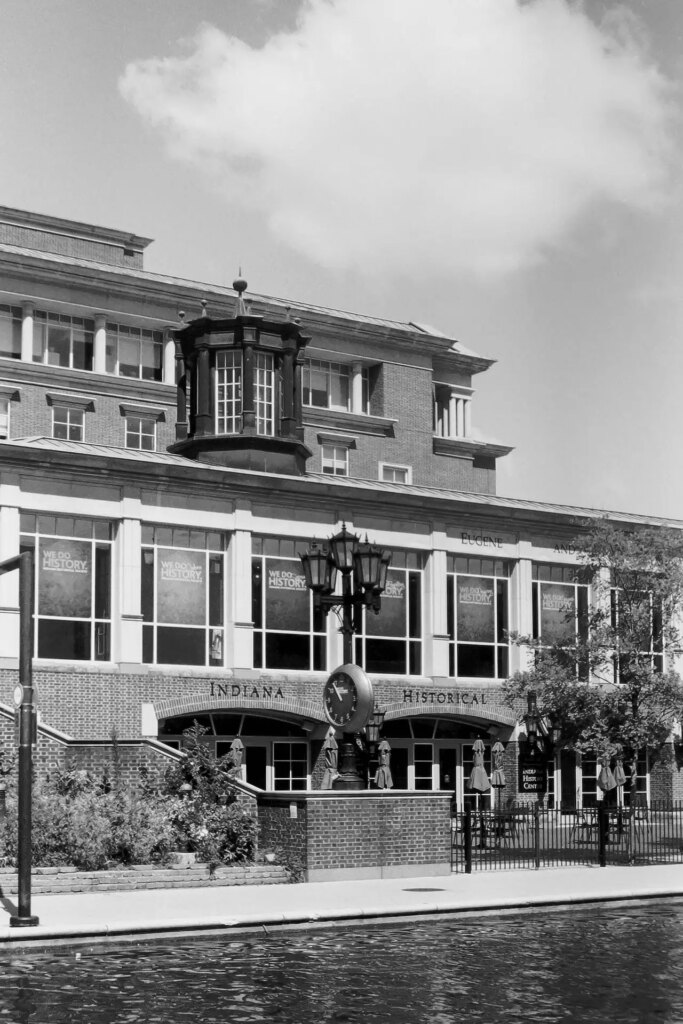
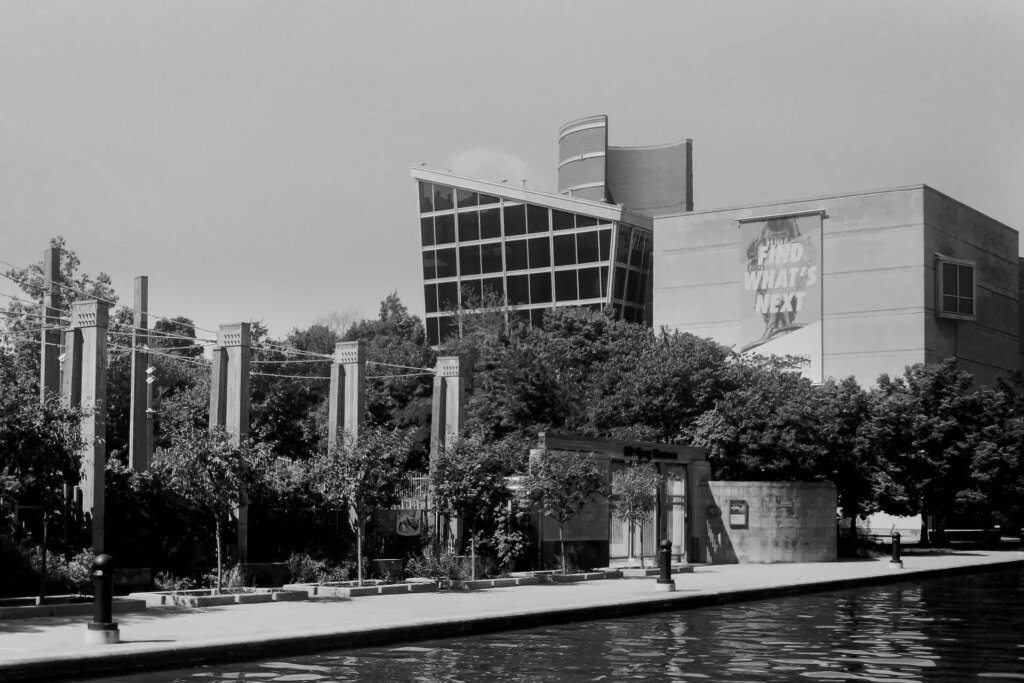
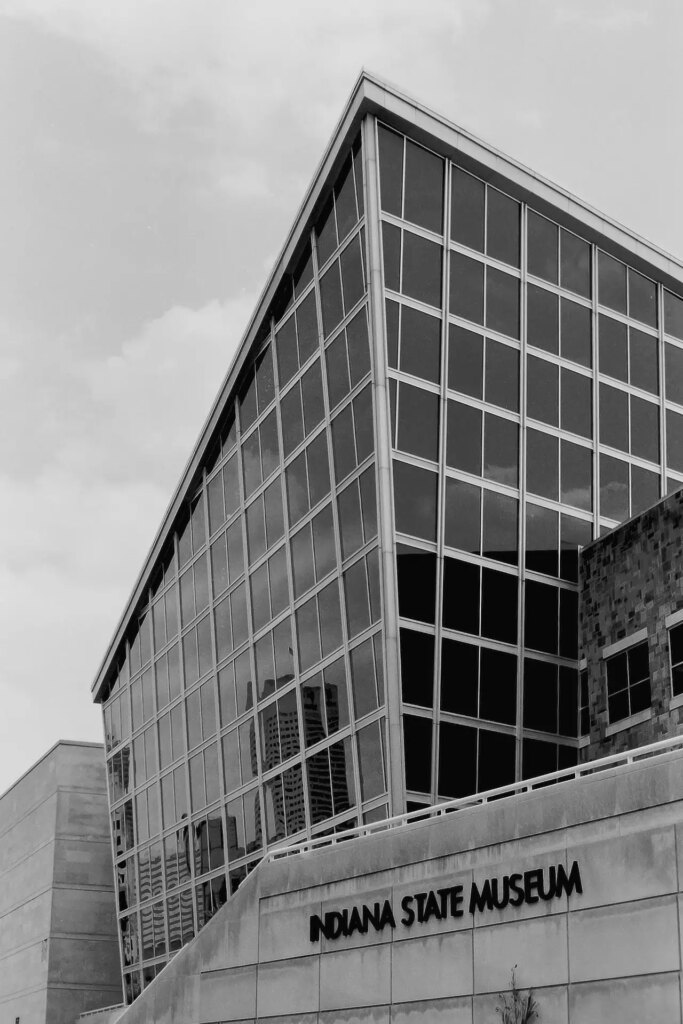
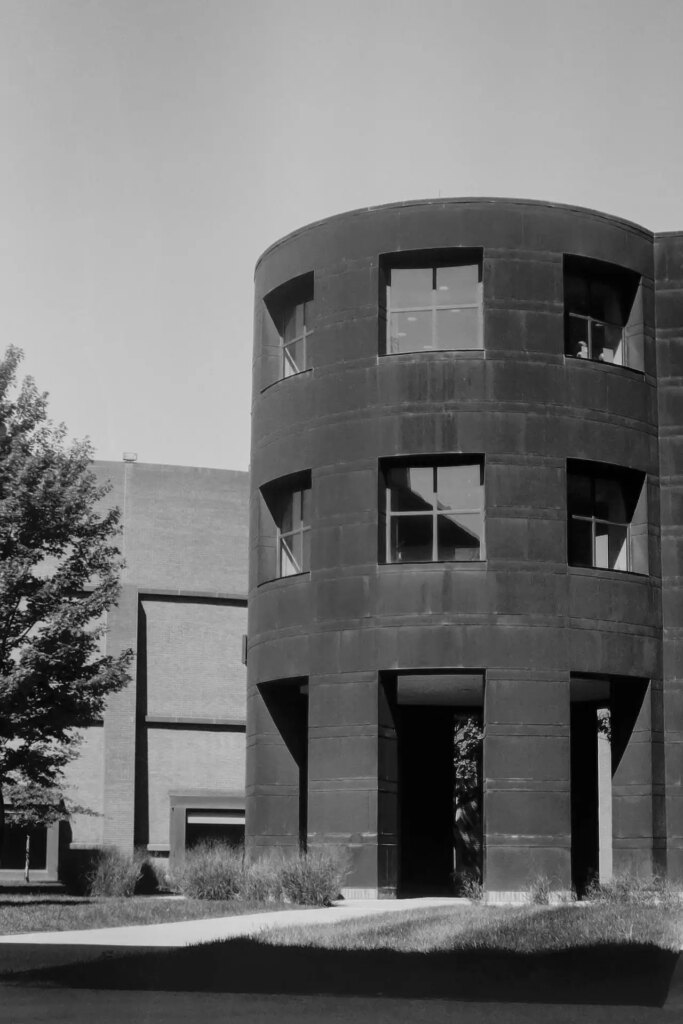
About once a week I show up, camera in hand to get steps under my feet and capture a little bit of life as I pass through it. I find myself amazed by what has become of the place where Ken Yerian and I used to roam through abandoned industrial buildings looking for, hopefully, empty crack houses to photograph.
I have photographs from both eras and in doing so, have fulfilled one of the central roles and purposes of the art we practice.
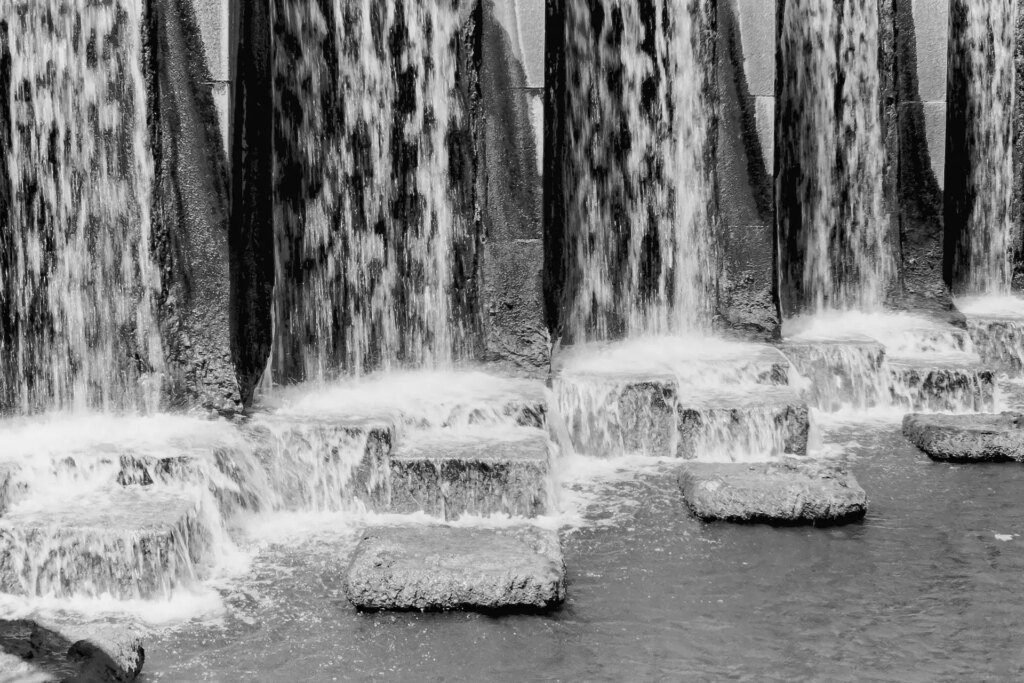
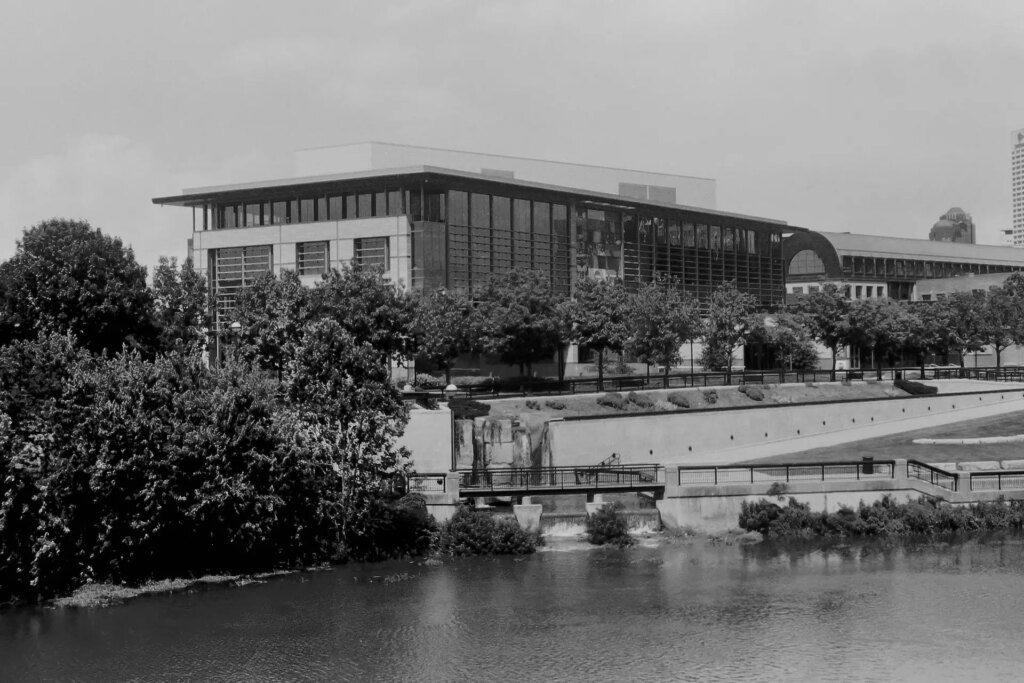
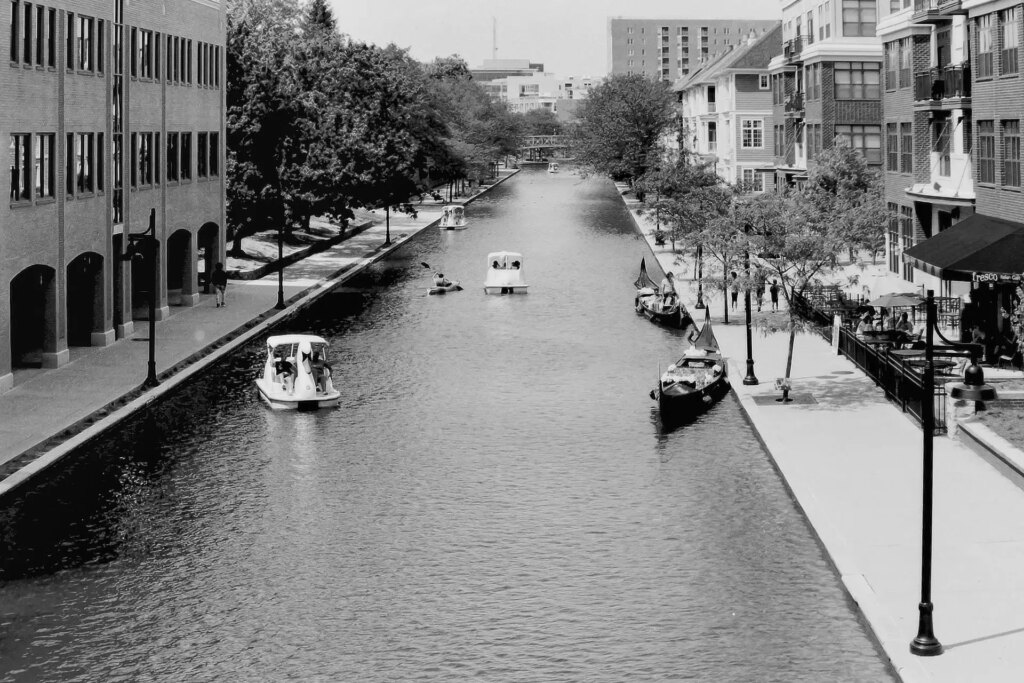
You can find me, my personal work on my Site.
I am also a contributing writer at the Live View publication on Medium.
I also am the founder of F2.8Press, Publishers of Undiscovered Photography. We have an open call for submissions for our Zine: “Archive”. Check us out on Twitter!
When I am not wandering aimlessly with a camera, I am a Lecturer of Economics and Statistics at Butler University.
Share this post:
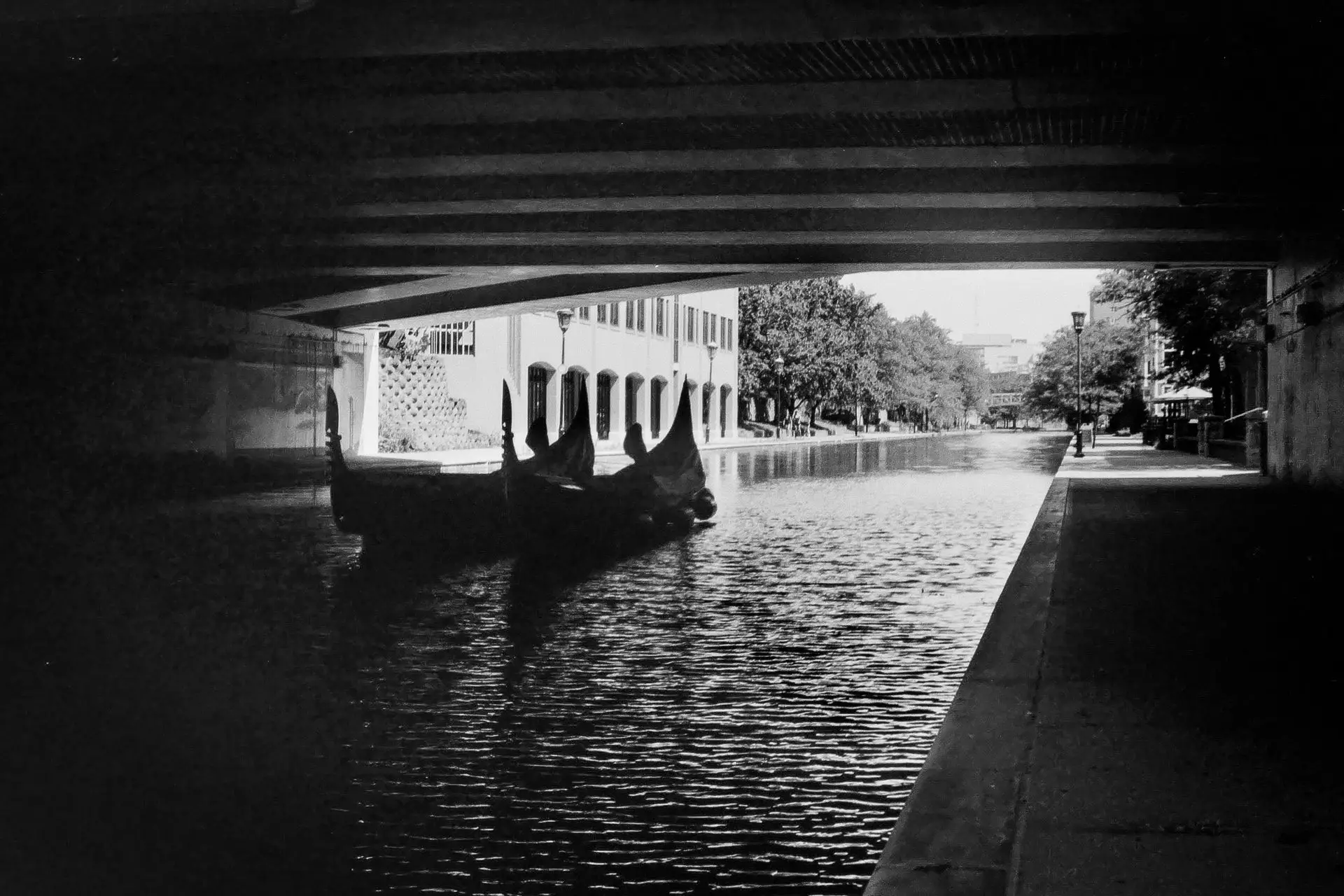








Comments
Art Meripol on Inspiring a Project Today by Referencing Images from the Past
Comment posted: 02/07/2023
But one minor complaint. I live in Birmingham Alabama and I-65 runs directly though our city, not Atlanta which is 145 miles East. Atlanta has I75. Interstate 65 is one of the great snowbird paths to the beaches four hours south of my beautiful city for those escaping winter in your region.
Comment posted: 02/07/2023
Comment posted: 02/07/2023
Jerry Scoby on Inspiring a Project Today by Referencing Images from the Past
Comment posted: 02/07/2023
Comment posted: 02/07/2023
Reyazul Haque on Inspiring a Project Today by Referencing Images from the Past
Comment posted: 02/07/2023
Comment posted: 02/07/2023
Bill Brown on Inspiring a Project Today by Referencing Images from the Past
Comment posted: 03/07/2023
One photographer in particular, Bank Langmore, had just recently completed a personal photo project that spanned three years documenting the American range riding cowboy of the 1970's. He went to ranches of 100,000 acres or more that still did everything from horseback, no mechanization. The Bell Ranch, ZX Ranch and the Padlock Ranch to name just a few. Bank went as a working cowboy and he had special camera holsters, crafted by a leather-smith, so that he always had quick access to his equipment. He shot over 20,000 frames of film, most b&w, but also color on Kodachrome. He produced a book, The Cowboy, that contains a small sampling of his beautiful work. His grandfather rode with Teddy Roosevelt's Rough Riders in Cuba and listening to his stories as a child planted a desire to someday document this special group of rugged individuals.
I got to help produce a special one-of-a-kind hand bound leather book of some of these images and work directly with Bank. This introduction to Bank eventually led me to quit the lab and go to work for him. Besides producing several large exhibits I also got to be his photo assistant as he started a new three year project, in 1980, of documenting San Antonio and the Hill Country region of Texas.
My life was never the same after this. I recently completed my first solo exhibit of one of my own personal projects. His inspiration and mentoring all those years ago became the catalyst that launched me on a lifetime of documenting the world around me. I've also devoted myself to helping photographers produce their own personal works. In 2015 I helped in the production of a father/son exhibit that was on display for a time at the National Cowboy and Western Heritage Museum in Oklahoma City. http://artemis.austincollege.edu/acad/art/ExhibitArchive/15-16Exhibits/Cowboy-Generations/photos.html
Why relate all this? Hopefully, as people read your story and this one, it will inspire them to undertake their own personal photo project. The rewards are many (rarely financial) and you just never know where it will lead you.
Best to you in your ongoing quest and thanks for an inspiring story.
Comment posted: 03/07/2023
Comment posted: 03/07/2023
Gary on Inspiring a Project Today by Referencing Images from the Past
Comment posted: 03/07/2023
Comment posted: 03/07/2023